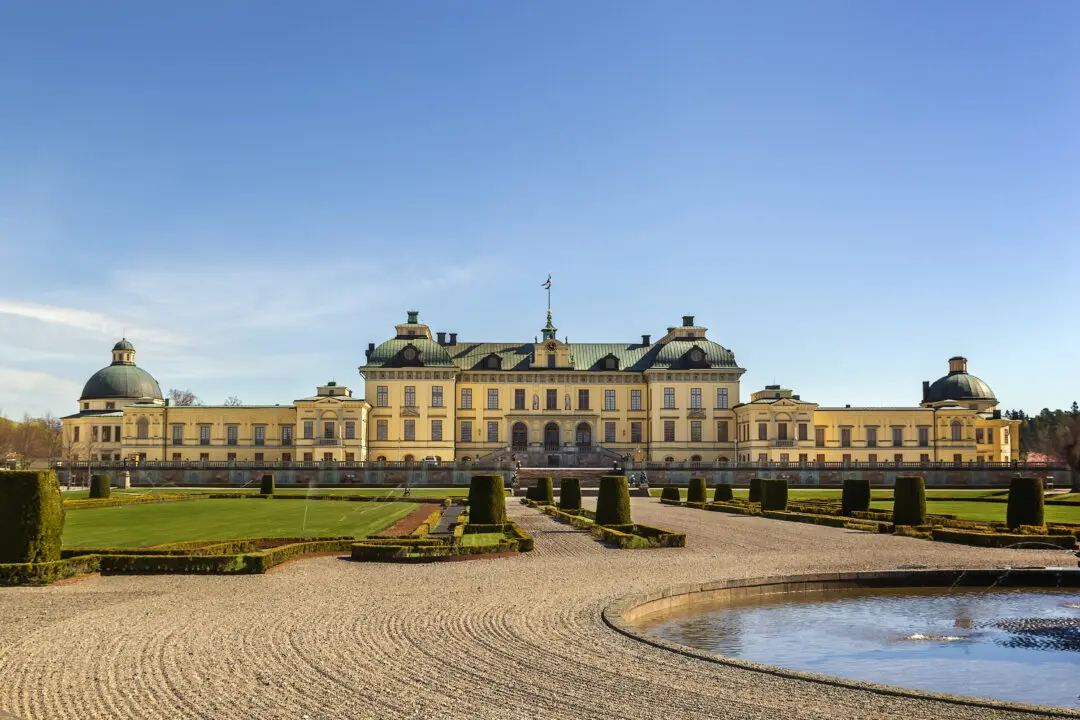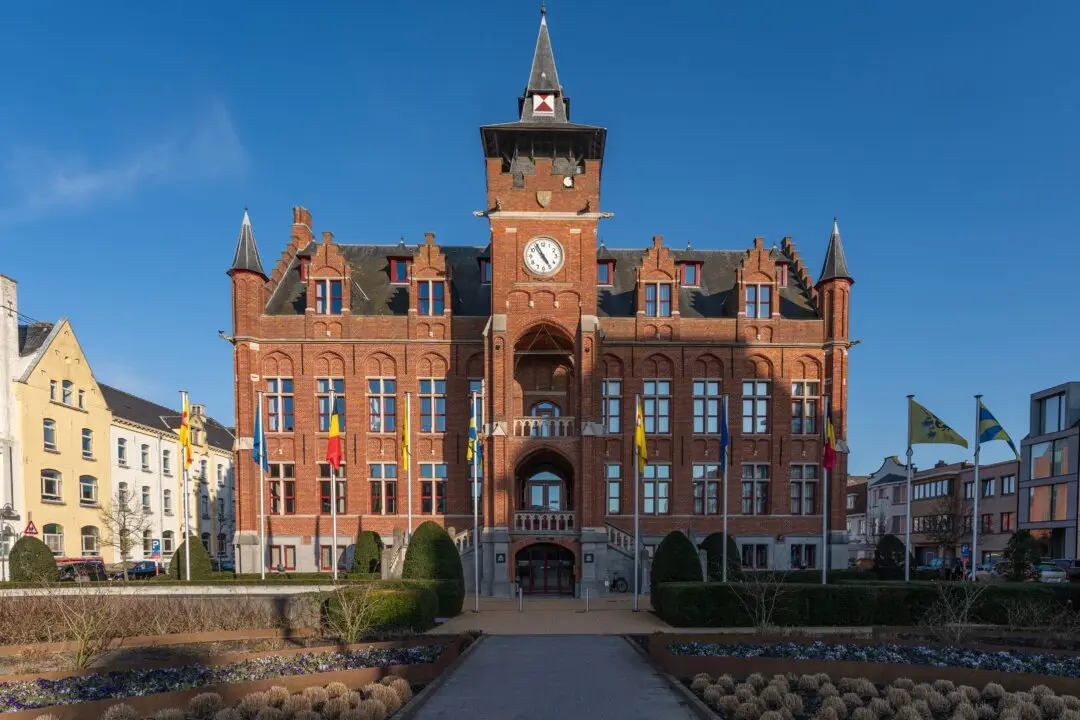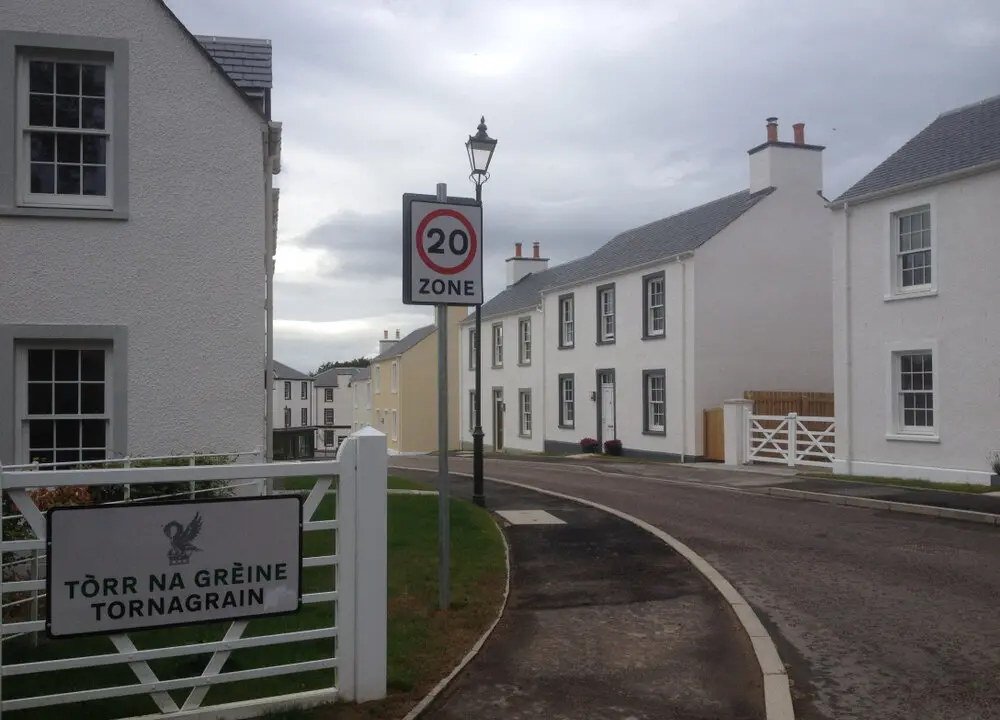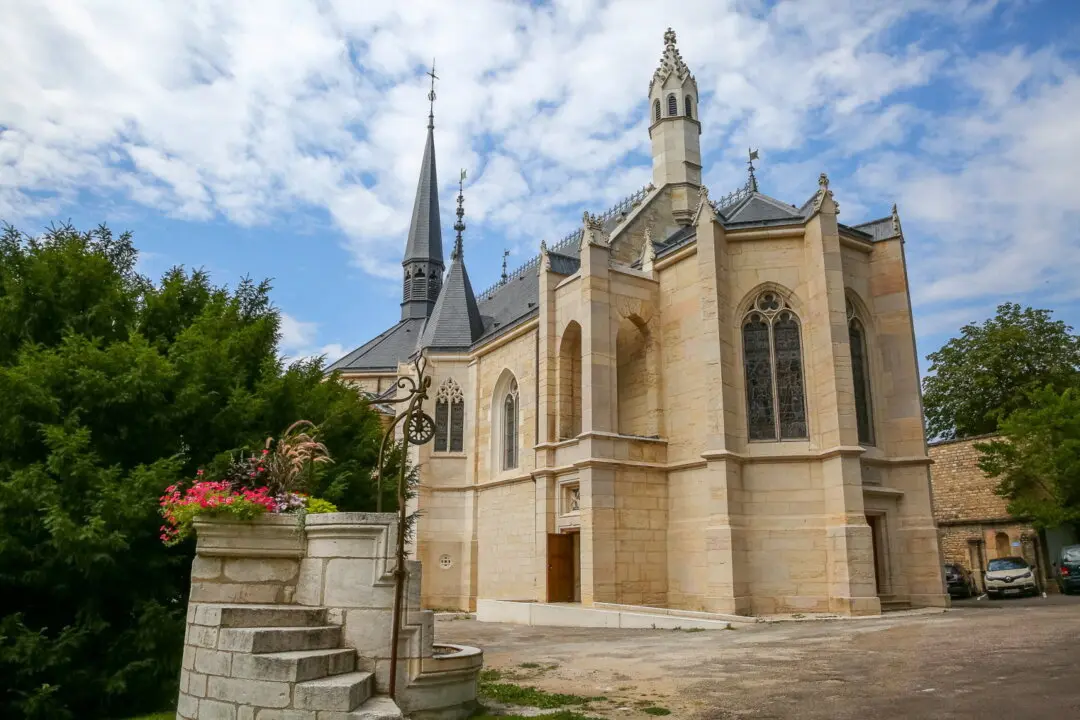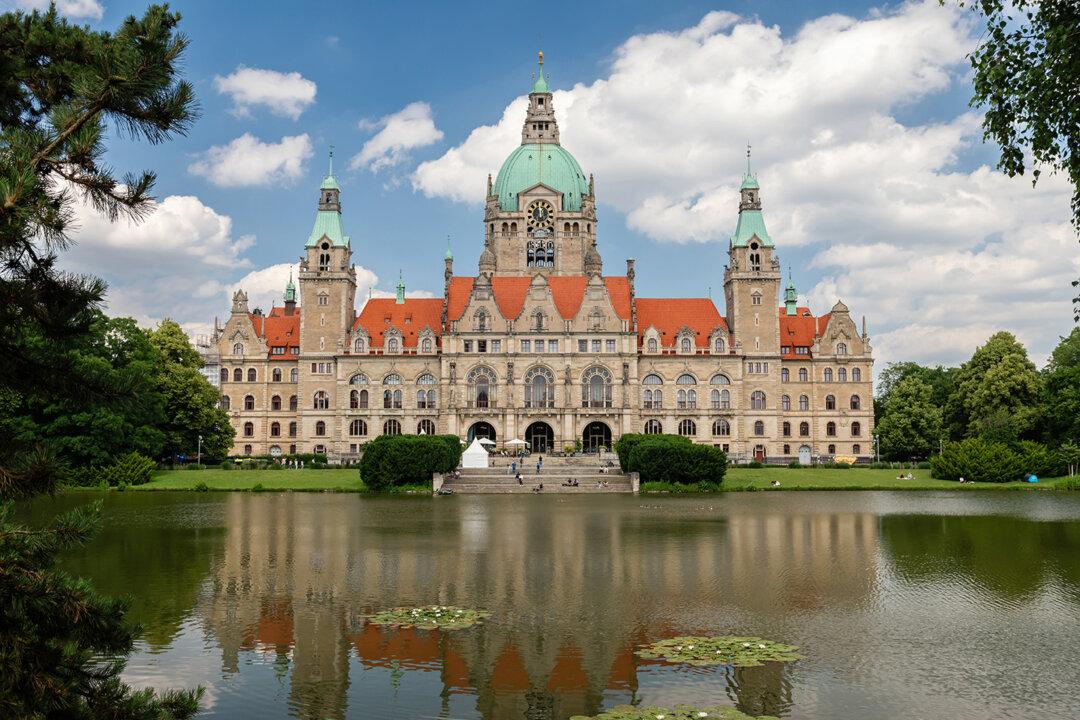Located on Lovon Island in Lake Malaren, Drottningholm Palace is the finest architectural work of the period known as the Swedish Age of Greatness. Drottningholm, which translates as “Queen’s islet,” was built for Dowager Queen Hedwig Eleonora (1636–1715). Known as the ladies’ castle, it was passed on to queens consort as a summer pleasure palace and evolved according to each successor’s fashion.
In 1662, the widowed queen hired Sweden’s most eminent 17th-century architect Nicodemus Tessin the Elder (1615–1681) to build her palace. While the palace’s façade was influenced by French baroque prototypes—particularly the Palace of Versailles—the interior showcased Dutch, German, and English and other Northern European designs. His signature interiors display a darkly colored yet flamboyant aesthetic nicknamed Caroline baroque, which coincided with the era’s warrior kings named Karl, also known as Charles (a variant of the Latin Carolus).

